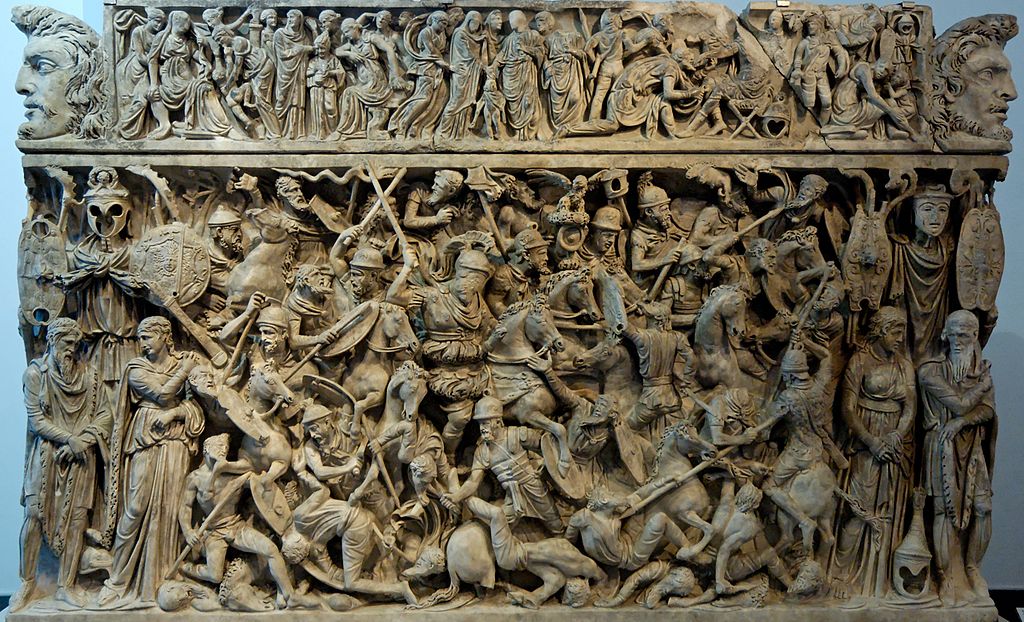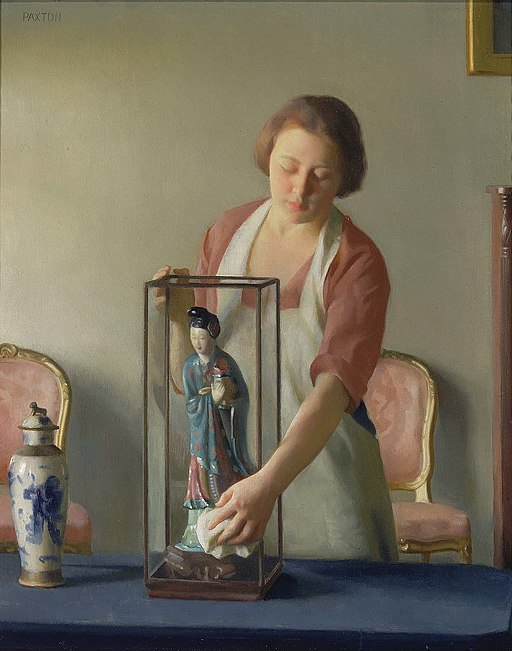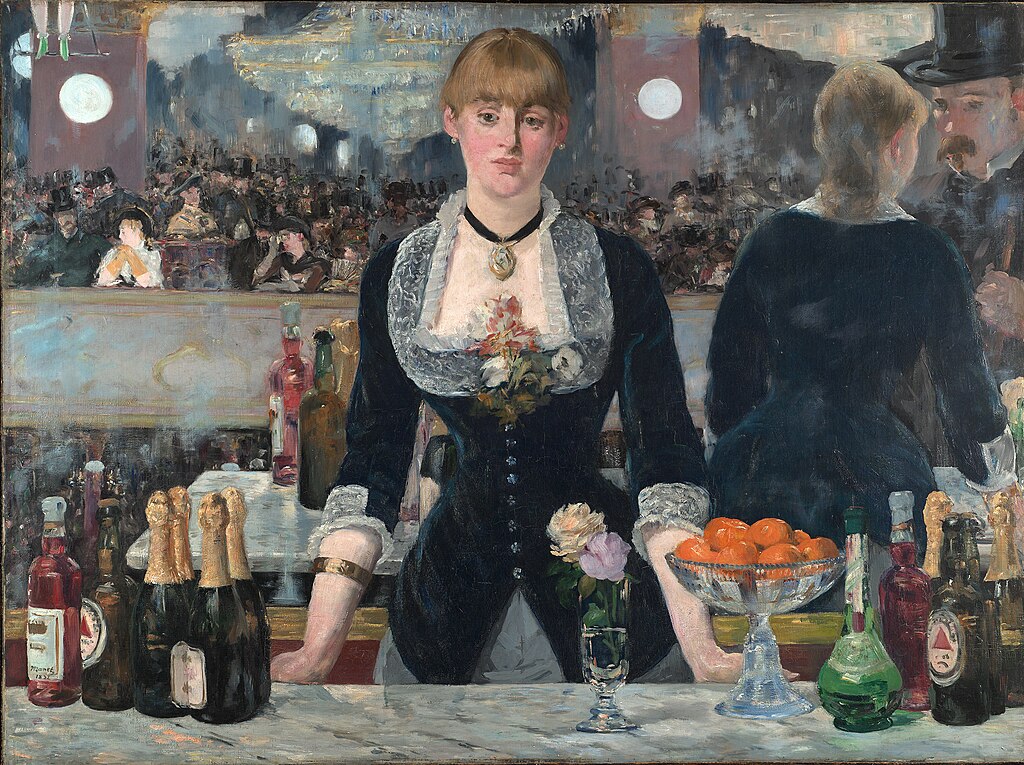
Pewterers’ Banner 1788 supporting the Constitution of the United States
This Pewterers’ Banner from 1788 was carried in parades by the men in the Pewterer’s Guild of New York.
This banner was made for the Pewterers who were amongst the 5,000 people who paraded in New York City in 1788, to celebrate the new Constitution of the United States.
There were many banners and floats in the parade, but this Pewterer’s banner is the only surviving artifact from that day. The flag is a painted silk banner with a fringe on the top, bottom, and right side.
The parade represented widespread support for the new Constitution of the United States.
The parade enthusiasm would have helped the state representatives to quickly finalize their debate because the next day, the New York State assembly ratified the Constitution.
Similar parades were held in cities such as Baltimore, Charleston, Philadelphia, and Boston.
On the top left side is an American flag with 13 stars, one for each state in the new union.
Below the banner is the Pewterer’s coat of arms and their motto: “SOLID AND PURE.” On the right side, there are four workers making pewter objects under the wording: “SOCIETY of PEWTERERS.”
Above them is an inscription that expresses the hopes of the Pewterers for the new nation. It reads:
“The Federal Plan most solid & secure
Americans their freedom will ensure
All arts shall flourish in Columbia’s Land
and all her sons join as one social band.”
The Pewterers worked with pewter, which is a malleable metal alloy of tin together with metals like copper or zinc. Silver is also sometimes used, and it has a low melting point, depending on the exact mixture of metals.
Pewter was used in the ancient world and came into extensive use in Europe from the Middle Ages.
Pewter items are often found in churches and were extensively used for domestic and commercial tableware such as plates and spoons and tankards. Mass production of pottery, porcelain, and glass products has seen pewter universally replaced in day-to-day life.
Constitution of the United States
The Constitution of the United States is the supreme law of the United States of America. It is the oldest written and codified national constitution still in force. The Constitution, originally comprised of seven articles.
- Article One and Two: The separation of powers, whereby the federal government is divided into three branches: the legislative, consisting of the bicameral Congress, the executive, consisting of the president and the judicial, consisting of the Supreme Court and other federal courts
- Article Three, Four, Five, and Six: Embody concepts of federalism, describing the rights and responsibilities of state governments, the states in relationship to the federal government, and the shared process for constitutional amendments.
- Article Seven: establishes the procedure subsequently used by the thirteen States to ratify it.
Since the Constitution came into force in 1789, it has been amended 27 times. Included was an amendment to repeal a previous one, to meet the needs of a nation that has profoundly changed since the eighteenth century.
In general, the first ten amendments, known collectively as the Bill of Rights, offer specific protections of individual liberty and justice and place restrictions on the powers of government. The majority of the seventeen later amendments expand individual civil rights protections.
The Constitution did not initially define who was eligible to vote, allowing each state to determine who was eligible.
Until the Reconstruction Amendments were adopted between 1865 and 1870, the five years immediately following the Civil War, the Constitution did not abolish slavery, nor give citizenship and voting rights to former slaves.
These amendments did not include a specific prohibition on discrimination based on sex. It took another amendment – the Nineteenth ratified in 1920 – for the Constitution to prohibit any United States citizen from being denied the right to vote based on sex.
The Thirteen Colonies Flag
The Thirteen Colonies Flag was an early design of the flag of the United States, based on a variant of the flag made by Betsy Ross.
The pattern, which was in use as early as 1777, uses the themes of the alternating red-and-white striped area with thirteen stars in a circle on a blue canton.
Its distinguishing feature is thirteen 5-pointed stars arranged in a circle to represent the unity of the Thirteen Colonies. As a historic U.S. flag, it has long been a popular symbol of American patriotism.
Pewterers’ Banner 1788
- Title: Pewterers’ Banner
- Year: 1788
- Material: Silk, paint
- Dimensions: 92 x 120 x 2 3/4 in. (233.7 x 304.8 x 7 cm)
- Museum: New-York Historical Society
Pewterer’s Society Banner
“Three Myths about the Constitutional Convention”
A Tour of the New-York Historical Society
- “Tontine Coffee House, N.Y.C.” by Francis Guy
- Saint-Gaudens Double Eagle, 1933
- Pewterers’ Banner 1788
- Benjamin Franklin Bust
- Tiffany Lamps by Clara Driscoll & Louis Comfort Tiffany
The People Debate the Constitution, 1787-1788
A Tour of New York’s Museums
- Metropolitan Museum of Art – MET
- Museum of Modern Art, NYC
- Intrepid, Sea, Air & Space Museum
- Neue Galerie New York
- The Cloisters
- Solomon R. Guggenheim Museum
- American Museum of Natural History
- Museum of the City of New York
- New-York Historical Society
- Frick Collection
- Met Breuer
- Rubin Museum of Art
- Whitney Museum of American Art
- Brooklyn Museum
Americans Debate the Constitution, 1787 – 1788
~~~
“Our Constitution was made only for a moral and religious people.
It is wholly inadequate to the government of any other.”
– John Adams
~~~
Photo Credit: JOM
Popular this Week








 Sponsor your Favorite Page
Sponsor your Favorite Page SEARCH Search for: Search Follow UsJoin – The JOM Membership Program
Sponsor a Masterpiece with YOUR NAME CHOICE for $5
Share this:
- Tweet
